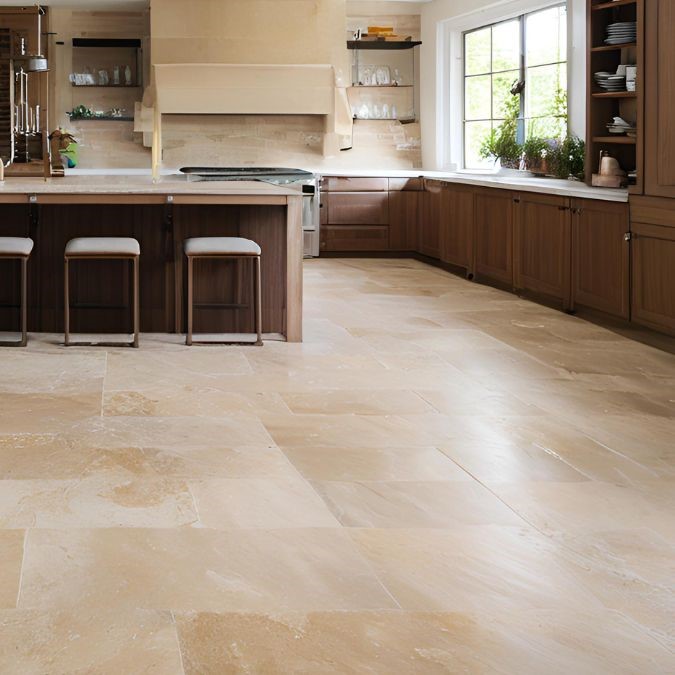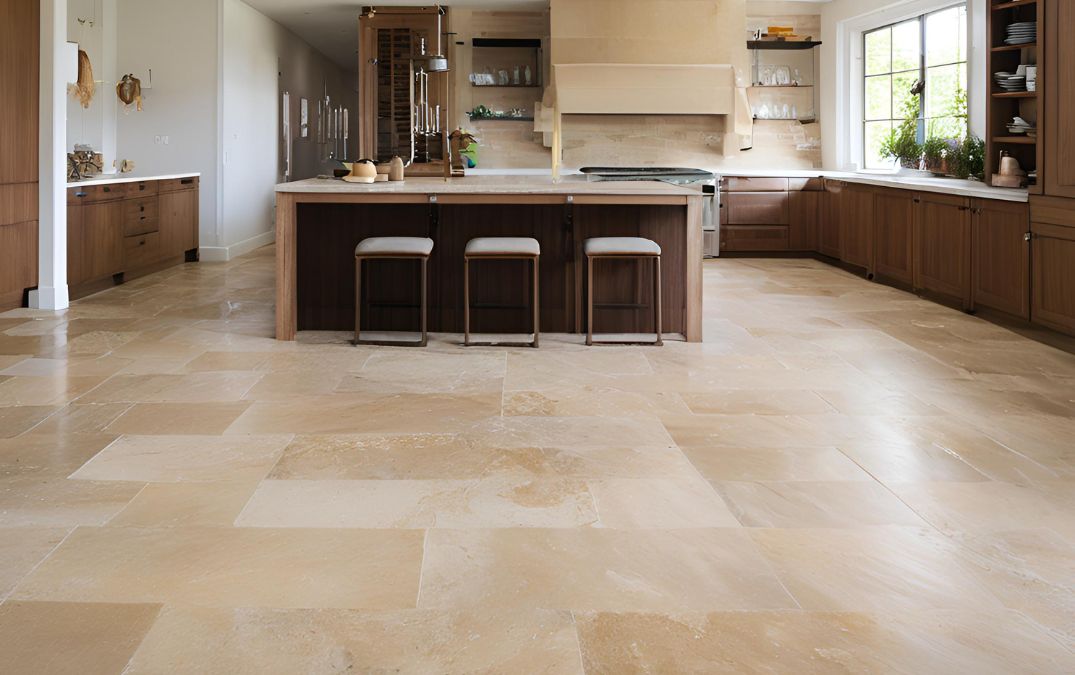How to clean the grout between travertine tiles
For regular cleaning, mix a solution of warm water and a mild pH neutral cleaner specifically designed for use with natural stone. Avoid harsh chemicals or acidic cleaners, as they can erode the grout and damage the travertine tiles. Apply the cleaning solution to the grout lines using a soft brush, such as a toothbrush or a dedicated grout brush. Gently scrub the grout, taking care not to scratch the tiles.
If the grout is particularly dirty or stained, you can create a paste using baking soda and water. Apply the paste to the grout lines and let it sit for about 15 minutes to break down the grime. Afterward, scrub the grout with a soft brush and rinse thoroughly with clean water to remove any residue.



